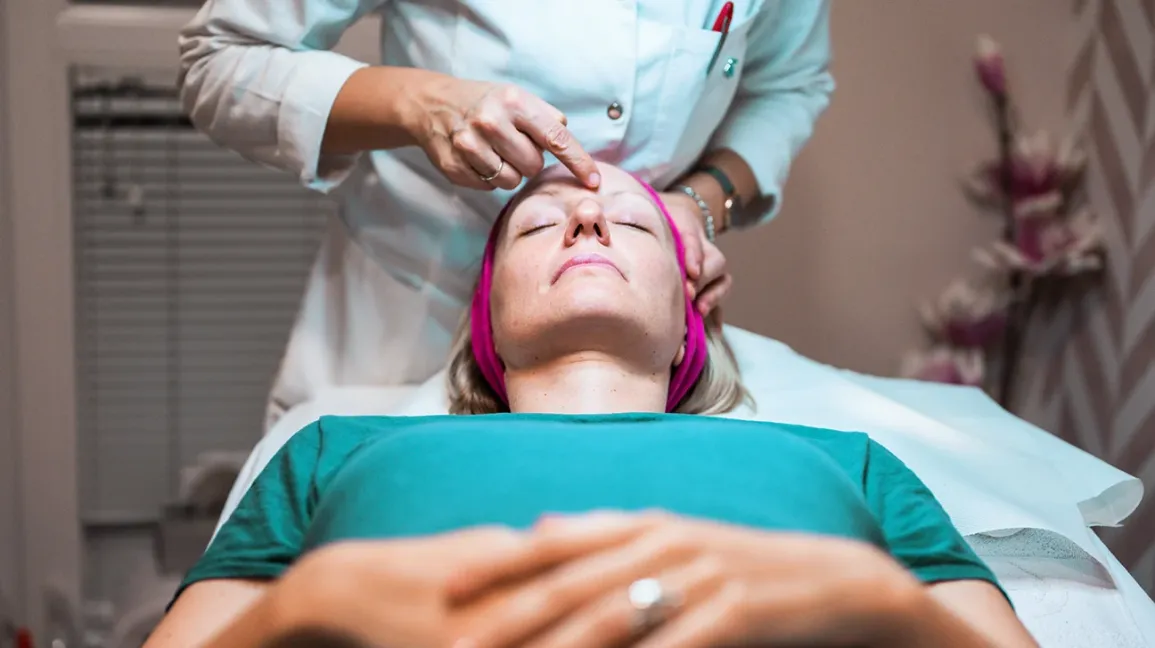At DermOnDemand, patients often ask, Are dermatologists covered by insurance? The answer depends on the type of service and how it is classified by your insurance company. Dr. Alicia Atkins, a board-certified dermatologist, emphasizes that understanding your health insurance plan is the first step to knowing what the plan covers and what may require out-of-pocket payment.
Key Takeaways
- Dermatology visits are typically covered by insurance when diagnosing and treating medical conditions such as acne, eczema, psoriasis, or hair loss.
- Preventive services, such as annual skin checks, may be covered, while cosmetic procedures, like chemical peels, are generally not included.
- Out-of-pocket costs vary based on your health insurance plan, including factors like copays, deductibles, and coinsurance.
- Some plans require a referral from your primary care physician before seeing a dermatologist, while PPO plans often allow direct access.
- Confirming coverage with your insurance company and checking in-network providers helps avoid unexpected costs for dermatology care.
When Dermatology Is Covered by Insurance
Medical conditions are usually covered
Insurance typically covers dermatology when the visit is deemed medically necessary. Conditions such as eczema, psoriasis, rosacea, skin cancer, and hair loss fall into this category.
A dermatologist covered by insurance is focused on diagnosing and treating these health concerns, not cosmetic issues. If the service is considered a medical dermatology treatment, insurance coverage is typically applied.
Many patients wonder what “covered” really means in practice. For example, if you visit for a rash that is painful or spreading, your insurance company usually classifies it as medically necessary. But if you schedule an appointment to ask about anti-aging treatments, that same visit may not be plan-covered. These differences explain why some people pay only a copay, while others pay the full fee.
Does insurance cover a dermatology skin check?
Many insurers recognize routine skin checks as preventive care. A health insurance plan may cover a dermatology visit for skin exams, especially for patients with a history of skin conditions or skin cancer. Coverage can vary, so it is important to confirm whether your insurance company covers dermatology for preventive screenings.
Does insurance cover dermatology for acne?
Acne is one of the most common skin conditions. Most insurers cover dermatologist visits for acne when treatment is considered medical. This can include prescriptions, topical treatments, and follow-up visits. A referral from your primary care doctor may be required, depending on your plan.
When Dermatology Is Not Covered
A common scenario is when two patients visit for similar issues. One comes in for acne that is leaving scars – this is typically covered as medical dermatology. Another comes in asking about a chemical peel for smoother skin care – this is usually considered cosmetic and not plan-covered. Using real examples helps patients understand how insurers decide between medical and cosmetic.
Cosmetic and elective dermatology procedures
Cosmetic services are usually not plan-covered. Treatments such as chemical peels, Botox, laser resurfacing, and other skin care procedures are excluded because they are not deemed medically necessary. Insurance typically covers medical needs, but not elective treatments focused on appearance.
Insurance Rules and Requirements

Do you need a referral for insurance to cover a dermatologist?
Some health insurance plans require a referral from your primary care physician before you can see a dermatologist covered by insurance. This rule is common in HMO plans, while PPO plans often allow direct access without a referral. Always check your specific requirements before booking a dermatology visit.
Do dermatologists bill insurance?
Most dermatologists bill insurance directly, but practices vary. If you see a dermatologist out of network, you may need to submit claims yourself. DermOnDemand simplifies this process by providing clear receipts that patients can use to submit to their insurance company, if eligible.
Costs of Seeing a Dermatologist
How much does insurance cover for dermatology?
The amount your insurance covers for dermatology depends on your policy. Insurance typically covers visits related to medical dermatology, but exact reimbursement levels vary by insurer. Patients should review their insurance coverage details or call their insurance company to confirm. Learn more about how much is a dermatologist visit with health insurance for a deeper breakdown of costs.
Consider two patients visiting the same office. The first has a referral from your primary care physician for psoriasis, and their insurance covers medical treatment with only a small copay. The second book is a visit to discuss skin care for cosmetic reasons, such as fine lines, and requires payment of the full office fee. These scenarios highlight why costs vary so widely for a dermatology visit.
How much is a session with a dermatologist?
Without insurance, a dermatology visit can cost between $150 and $300. Costs may increase if lab tests or procedures are required. With insurance, patients are responsible for a copay or coinsurance rather than the full fee. For patients without insurance, see our guide on dermatologist no insurance for practical options.

Copays, deductibles, and coinsurance explained
Patients may need to pay a copay at the time of service. A deductible must be met before insurance coverage applies, and coinsurance represents a percentage of costs shared after the deductible is met. These terms affect what you pay out of pocket for a dermatology visit.
Choosing the Best Insurance for Dermatology
What to look for in a plan
If you want broad access to dermatology care, choose a health insurance plan that covers medical visits without strict referral rules. Plans that list dermatology as part of their specialist network offer greater convenience. Look for language that confirms the plan covers medical skin conditions.
PPO vs. HMO coverage differences
PPO plans usually provide more flexibility. They allow patients to see a dermatologist without needing a referral from their primary doctor. HMO plans are often cheaper but may restrict access unless a referral from your primary is secured first. Knowing this difference helps you choose the best insurance for dermatologist visits.
How to Confirm Your Dermatologist Is Covered
Reviewing your health plan
Read the summary of benefits for your plan, including covered details. This document explains whether your plan covers dermatology visits and outlines any requirements for coverage.
Asking your insurance provider
Call your insurance company and ask directly, “Is a dermatologist covered by insurance under my plan?” Provide the name of the dermatologist and the reason for the visit. This ensures clarity before scheduling.
Using “dermatologist near me” in-network searches
Most insurance websites include provider search tools. Searching “dermatologist near me” through your insurer’s portal shows in-network options, reducing surprise costs. DermOnDemand complements this by offering digital access to board-certified dermatologists without waiting rooms.
Key Takeaway: What Patients Should Know
Insurance typically covers medical dermatology when visits are deemed medically necessary. Cosmetic services such as chemical peels are not plan-covered.
Patients should always confirm requirements, such as referrals, copays, and deductibles, before scheduling. Dr. Alicia Atkins and the DermOnDemand team emphasize that informed patients can better manage costs while accessing expert care for skin, hair, and nails.








